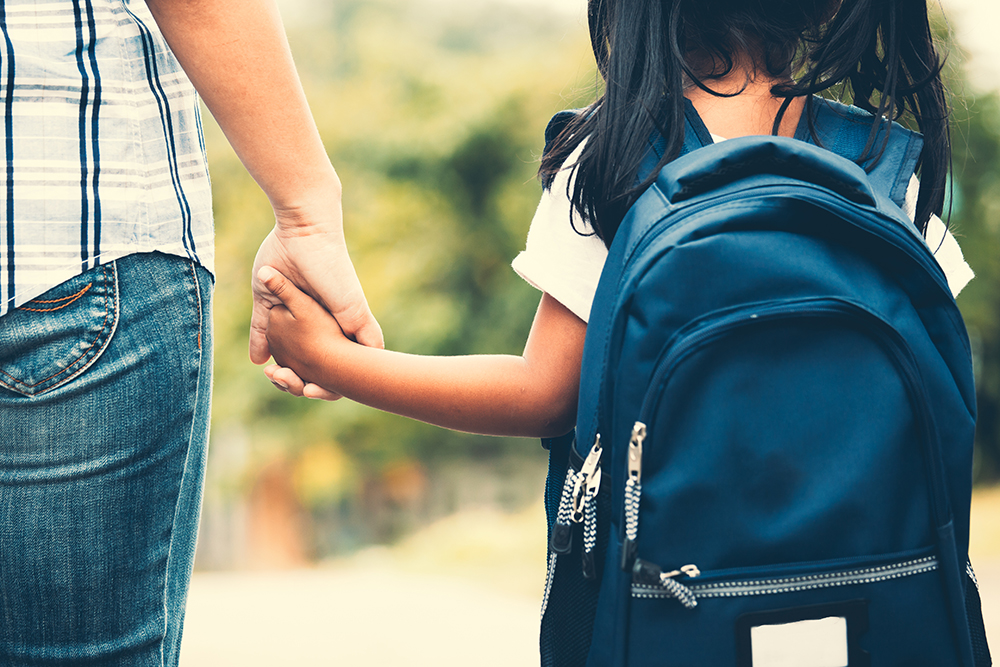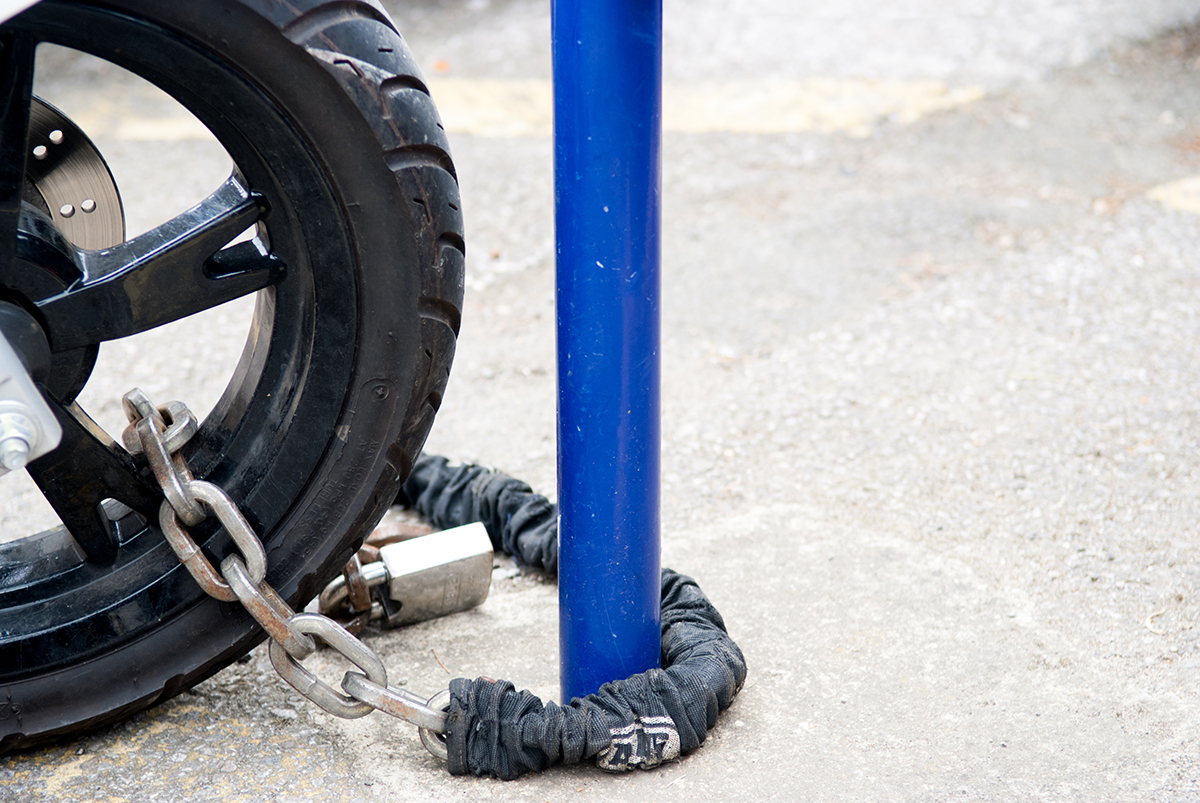As a parent, it’s impossible not to worry about your kids.
Whether it’s their health, safety, grades, social life, or another item on the endless list of concerns, there’s always something to think about.
But one of the more difficult worries to grapple with is school safety. How can you be sure that their school will take care of them in an emergency?
What is the school’s plan if something goes wrong?
Is there anything you can do to help protect your child or children while they’re at school?
Keep reading as we take you through our parent’s guide to school safety for kids, and the steps you can take as a parent to ensure your little one’s safety.
If You Don’t Know, Ask
The best way to familiarize yourself with a school’s safety protocols is to talk with your child’s teacher, caregiver, or principal.
This information is a great way to vet a school to make sure it’s the right fit before enrolling.. But if your little one’s already attending, it’s never too late to ask.
Especially nowadays, schools will have rigid safety procedures for a variety of different emergencies.
So don’t be afraid to ask what the plan is in case of fires, extreme weather, bomb threats, trespassers, or every parent’s worst nightmare: live shooters.
Most schools will perform practice drills to prepare their students for emergencies, so feel free to ask about those as well.
Recently, many have started implementing realistic emergency drills to train their students and faculty for live shooter situations…
But these intense dramatizations can be scary for younger children. So it’s up to you whether or not you want your child to be subjected to them.
School Safety Strategies
Before you talk with your child’s teacher or administrators, it’ll help to learn some school safety strategies.
During emergencies, there are several methods the faculty will use to protect their students. Chances are, you’re already familiar with one or two, if not all of them:
- Lockdowns – Lockdowns are a response to a threat inside the school. All teachers lock their classroom doors and instruct their students to move away from windows and doors, while administrators clear the halls of all remaining students. Police then arrive on the scene to respond to the threat and release the lockdown once the school is clear.
- Lockouts – Lockouts are similar to lockdowns, except they’re in response to a threat outside the school, such as unlawful activity in the area or a dangerous trespasser. In these situations, schools will limit traffic coming into the building and restrict students’ movement to keep them safe.
- Shelter-in-place – Shelter-in-place orders are typically in response to extreme weather, and involve students and faculty taking shelter in designated rooms equipped with food and emergency supplies. When the weather or other environmental emergency has passed, and it’s safe to come out, everyone will return to their classrooms.
- Evacuations – Probably the most frequently used school safety strategy, evacuations are for all sorts of emergencies (fires, earthquakes, gas leaks, floods, etc.). During an evacuation, staff will escort students to a designated safe spot on the school property and wait for the situation to resolve before letting everyone back inside.
- Relocations – Relocations are used in combination with evacuations and involve evacuating students to a different specified location than the typical on-site safe area.
Communication is Key
A key component of every school safety plan is a standard procedure for notifying parents of emergencies.
Schools have an obligation to communicate vital information to parents about their child’s safety. At the same time, it’s up to you as a parent to keep those lines of communication open.
It will vary from place to place, but schools will usually have a system set up for emergency contact — whether by phone, text, or email.
So, find out whatever you can about how your child’s school handles crisis communication, and stick to the plan whenever a situation arises.
What You Can Do as a Parent
Leaving your children under someone else’s care is always difficult, but there are things you can do as a parent to help ensure their safety at school:
- Find out everything you can about the school’s safety processes and procedures (i.e., school safety drills, strategies, communication methods, parental involvement, and safe areas).
- Make sure to provide the school with updated contact information for you, your spouse, and any other family members you’d like to be notified in an emergency.
- Inform your school of any relevant conditions your child has that require special attention, supplies, or medication.
- If necessary, leave extra supplies and medication at the school to ensure your little one has what they need in case of an extended lockdown or other school safety crisis.
- If they’re old enough to have a phone, create a school emergency plan with your child and review it regularly (before the start of the school year and every semester). This plan can include contacting you during an emergency (if possible) to let you know they’re safe, and keeping you updated on the situation as it progresses.
- If a school emergency does happen, be there for your child. Sometimes, these situations may not get to them at all. But other times, they may need your help to make sense of what happened or process their feelings. As a parent, providing that outlet for your little one can work wonders to restore their feeling of safety and security.
For Emergencies Outside of School, Trust Rescu
The Rescu app is the fastest way to get help in an emergency at home or on the go.
With just two taps on your smartphone, Rescu empowers you to send help to your address or current location anywhere in the US.
In fact, once your child is old enough, this medical alert app is the perfect way to ensure their safety wherever they go. And not to mention, provide you with a healthy dose of peace of mind.
If you’d like to learn more, you can check out our article on Rescu’s private dispatch center HERE.
Or, if you’re ready to get started, you can click below to download on the Apple Store or Google Play:





